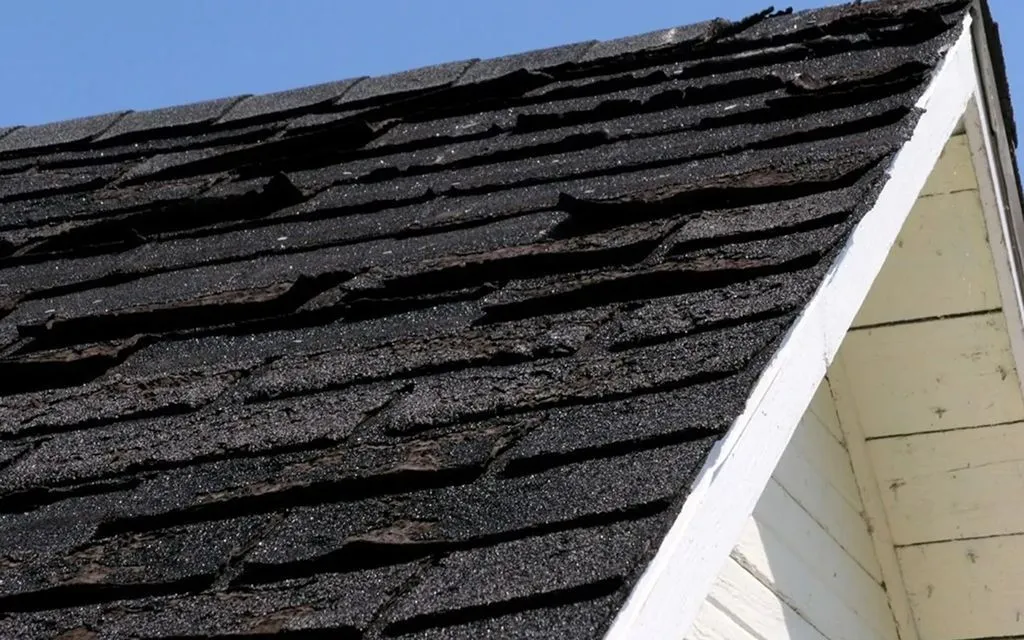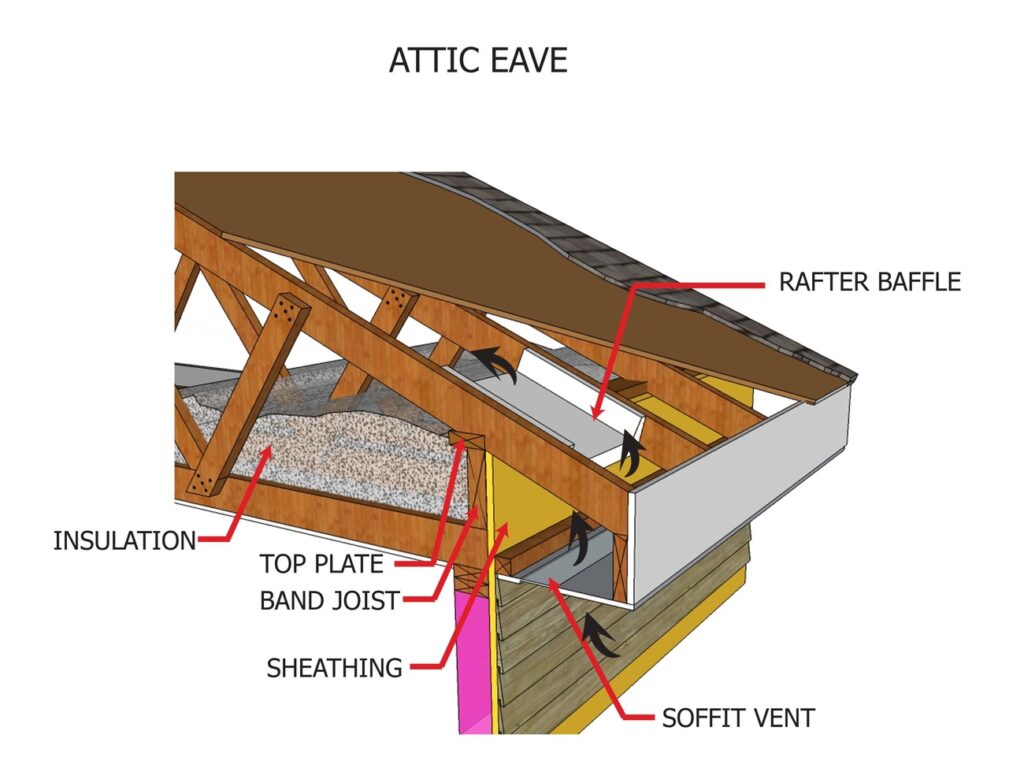Alberta’s extreme temperatures have plunged to -61.6°C while Calgary’s recent hailstorms caused over $1.2 billion in damages. The right roof choice has never been more vital for Canadian homes. Edmonton’s harsh winters, dramatic temperature swings, and strong year-round winds make roofing decisions especially important.
Your roof choice goes beyond weather protection – it’s a smart investment in your home’s future. A new roof can boost your home’s resale value by up to 68% of what you paid to install it. Metal roofs last 40-70 years while slate roofs can protect your home for over a century. You just need to think about which materials will shield your home best and provide lasting value in Edmonton’s tough climate.
This piece will help you discover the best roofing solutions that work for Canadian weather, so you can make the right choice for your home.
Understanding Edmonton’s Roofing Challenges
Edmonton homeowners face unique roofing challenges. The city’s continental climate creates conditions that substantially affect how well roofs hold up over time.
Snow buildup tops the list of concerns for local homeowners. Edmonton gets about 123.5 cm of snow yearly, and roofs just need to handle these heavy loads during winter. This weight can damage roofing structures that aren’t built or maintained properly.
The city’s extreme temperature changes put incredible stress on roofing materials. Temperatures swing by more than 65°C throughout the year, from bitter cold -40°C winters to hot +25°C summers. These wild swings make materials expand and contract repeatedly, which leads to early aging, cracks, and wear.
Strong winds create another tough challenge. Wind gusts often hit speeds over 70 km/h, which can tear up shingles and create weak spots in roofing systems.
Spring and fall bring their own set of problems with freeze-thaw cycles. Water keeps melting and freezing again as temperatures hover near freezing. This can create ice dams that trap moisture under roofing materials. The trapped water might leak into attics and damage both insulation and structure.
Hail remains a constant threat across Alberta. Sudden severe storms can hit anytime, with ice chunks as big as golf balls or larger. These can crack shingles, leave dents in metal roofs, and create spots where water can get in.
Edmonton’s long summer days speed up the breakdown of roofing materials through UV exposure. Winter brings its own twist – snow reflection can make UV damage even worse, which fades colors and degrades materials faster.
Knowing these local challenges helps homeowners pick the right roof from types available in Canada. The best choice needs to balance toughness, weather protection, and insulation to handle Edmonton’s harsh climate.
Top Roofing Materials for Canadian Winters

The right roofing materials are vital to handle Edmonton’s brutal winters. Several options have proven their worth in extreme cold, heavy snow, and temperature swings.
Metal roofs have gained popularity in Canada because they’re incredibly tough and weather-resistant. They last 40-70 years and handle extreme conditions like heavy snow loads and high winds with ease. Metal roofs excel at shedding snow – their smooth surface stops buildup and reduces winter stress on the structure. The energy efficiency of metal roofs helps cut heat loss and heating costs in winter.
Rubber roofing made from recycled tires provides unmatched protection against harsh Canadian weather. The Euroshield rubber roofing system has earned the industry’s highest hail-proof rating (UL2218 Class 4 for Impact). It resists impacts from hailstones of any size during its first 20 years. A lifespan of 50+ years even in the worst weather makes rubber roofs a smart long-term investment for Edmonton homes.
Asphalt shingles remain Canada’s most popular roofing choice. They balance cost with good performance and come in many colors and styles. Standard asphalt shingles typically last 20-30 years, though extreme weather can speed up their wear. High-quality hail-resistant versions use modified, more rubbery asphalt that boosts durability and impact resistance.
Concrete tiles are often overlooked but work great in cold climates. These tiles resist moisture freezing inside them and create a natural air pocket that reduces ice-damming. A batten system installation can cut energy costs by up to 20%.
Whatever roofing type you pick, proper installation will maximize its performance in Edmonton’s tough climate. Each material brings unique advantages that tackle specific winter challenges.
Energy Efficiency and Insulation Considerations

The right roofing choices do more than shield your home from harsh weather – they can make a big difference in your energy bills throughout the year. Your roof system acts as a thermal shield that keeps heat in during winter and out during summer.
Good attic ventilation is the life-blood of energy-efficient roofing. Poor ventilation lets attic temperatures climb to 170°F when it’s 90°F outside. Your air conditioning system has to work harder, which drives up energy costs substantially. It also creates condensation problems that look like roof leaks. This can make your deck swell and reduce how well your insulation works.
Your roof’s color and material directly affect its energy efficiency. Cool roofing technology uses materials that reflect more sunlight and absorb less heat. These materials keep your roof about 50°F cooler than standard darker roofs. Buildings with air conditioning need 11-27% less cooling thanks to this reflective quality.
These roofing materials are great at saving energy:
- Metal roofs bounce the sun’s heat away from your home and can cut cooling costs by up to 50%
- Clay and concrete tiles have high thermal mass – they soak up heat during the day and release it at night
- Reflective shingles are eco-friendly and help lower energy bills through better insulation
Adding solar panels to your roof is a great way to maximize energy savings. Solar installations might eliminate your monthly electricity bills and reduce your carbon footprint by over 3,000 pounds yearly per kilowatt installed.
Climate plays a vital role in picking energy-efficient roofing. Cool roofs save the most money in hot climates but might cost more in colder areas if yearly heating costs are higher than cooling savings. Edmonton’s climate means proper insulation is even more important to keep heat from escaping through your roof in winter.
Smart roofing choices based on durability and energy efficiency create a more comfortable home and reduce your energy costs over time.
Conclusion
Edmonton’s tough climate means you need to think over durability, weather resistance, and how to save energy when picking your roof. Metal roofs last an impressive 40-70 years, and rubber roofs handle brutal hailstorms with ease. Asphalt shingles give you good value for money, while concrete tiles save energy and last longer than most options.
Your roof does more than shield your home. It impacts your energy costs and property value by a lot. A solid roof system with the right insulation and ventilation cuts cooling expenses up to 50%. This keeps your home cozy throughout the year.
Edmonton homes face brutal -40°C winters and wild temperature changes. You just need roofing systems that protect well and save energy. Knowledge of these local weather challenges helps you make smart choices. This protects your investment and keeps your home comfortable in every season.
FAQ
Q1. What are the best roofing materials for Edmonton’s climate? The top roofing materials for Edmonton include metal roofing for its durability and snow-shedding capabilities, rubber roofing for its hail resistance, and high-quality asphalt shingles for their affordability and improved performance. Concrete tiles are also a good option for their longevity and energy efficiency in cold climates.
Q2. How long do different types of roofs typically last in Canada? The lifespan of roofs varies by material. Metal roofs can last 40-70 years, rubber roofing is designed to last 50+ years, standard asphalt shingles typically last 20-30 years, and slate or concrete tile roofs can potentially last over a century with proper maintenance.
Q3. How can I improve my roof’s energy efficiency in Edmonton? To improve your roof’s energy efficiency, ensure proper attic ventilation, consider cool roofing technology that reflects more sunlight, and choose materials with good insulation properties. Integrating solar panels can also significantly reduce energy costs. The color and material of your roof play a crucial role in its energy performance.
Q4. What roofing challenges are specific to Edmonton? Edmonton faces unique roofing challenges including heavy snow loads, extreme temperature fluctuations, strong winds, freeze-thaw cycles, and the risk of severe hailstorms. These conditions can cause premature aging, cracking, and deterioration of roofing materials if not properly addressed.
Q5. How does the right roofing choice affect home value and energy costs? Choosing the right roof can increase a home’s resale value by up to 68% of the installation cost. Energy-efficient roofing options can reduce cooling costs by up to 50% in some cases. The right roofing system, combined with proper insulation and ventilation, can significantly lower energy bills and improve indoor comfort year-round.

